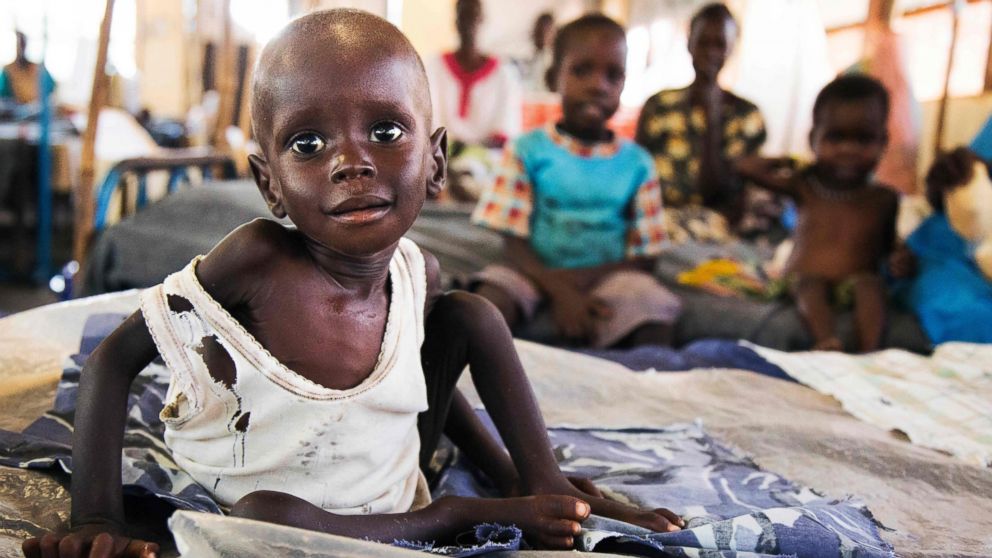
South Sudan stands on the brink of a devastating hunger crisis, with over half its population projected to face severe food insecurity by mid-2026.
According to the Integrated Food Security Phase Classification (IPC) report, 7.56 million people are expected to struggle for food between April and July 2026, including more than two million children suffering from acute malnutrition.
The report attributes the crisis to a deadly mix of conflict, widespread flooding and displacement that have crippled livelihoods and disrupted food production across the country.
Currently, about 5.97 million people — or 42% of the population — are facing acute hunger, with 28,000 in catastrophic conditions and one county in Upper Nile at risk of famine.
“The hunger we are witnessing in South Sudan stems from disrupted agricultural seasons and broken food systems,” said Meshack Malo, the FAO representative in South Sudan.
He stressed that peace and the restoration of agriculture are vital for ending hunger, saying families can “reclaim their dignity” when fields and markets are revived.
Humanitarian access remains a formidable challenge, with insecurity, poor infrastructure and flooding isolating communities for months and blocking aid deliveries.
“This is an alarming trajectory,” warned Mary-Ellen McGroarty, WFP’s country director, noting that where peace holds and aid reaches people, communities are beginning to recover.
UNICEF’s Noala Skinner called the situation “deeply worrying,” warning that 2.1 million children under five and 1.1 million mothers risk acute malnutrition by June 2026.
Despite limited funding, South Sudan’s government pledged to work with UN agencies to support vulnerable populations and prevent the looming catastrophe.




